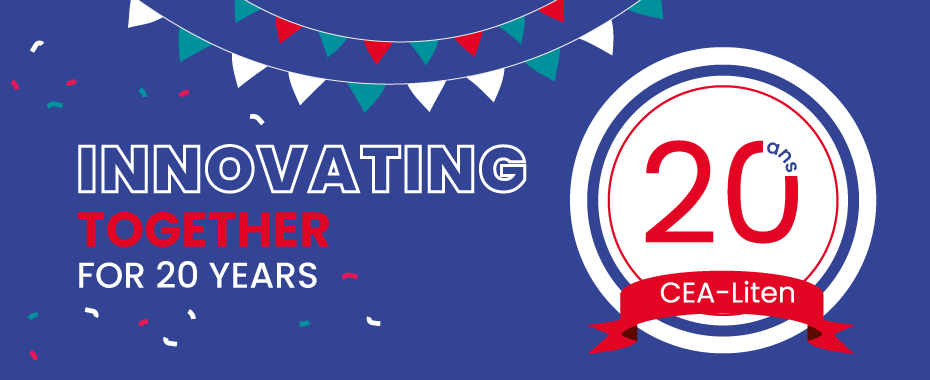
Innovating together for 20 years
Since CEA-Liten was founded in 2004, our journey has been marked by one exciting discovery after another. Some of the innovations developed over the past two decades have reached a sufficient degree of maturity to be transferred to our partners. In our world, every advance we make brings us a step closer to a sustainable future.
|
Over our 20-year history, we have carved out a position as a leading center for energy and greentech research and development. The pillars of the energy transition—solar, batteries, hydrogen, and sustainable chemicals and fuels—serve as our guides as we work to improve energy efficiency and lay the foundations for a circular economy. Our strong relationships with industry stakeholders and academic research labs have enabled us to drive new solutions to some of society’s most pressing challenges through our research.
Hélène Burlet, Djamel Mourzagh, and Olivier Guerrard shared their insights on CEA-Liten’s journey over the past several years and the changes that have made the institute what it is today.
|
Discover the milestones of CEA-Liten’s first 20 years through the eyes of the people who have helped shape our history.